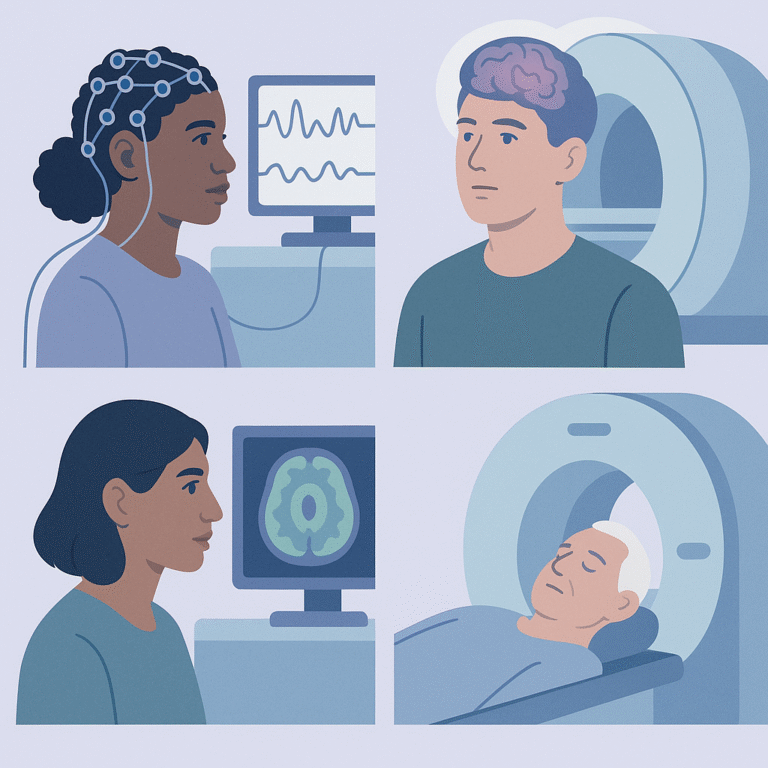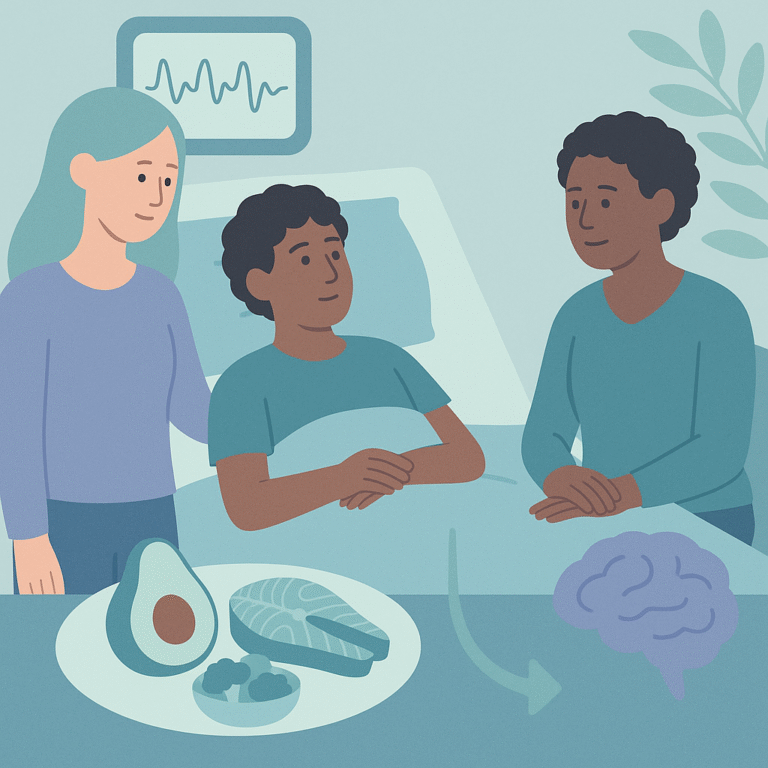MEFV Gene Mutations May Not Affect Drug-Resistant Epilepsy in Kids
This study looked at the MEFV gene and its possible connection to drug-resistant epilepsy (DRE) in children.

This study looked at the MEFV gene and its possible connection to drug-resistant epilepsy (DRE) in children.

This study looked at different models that predict epilepsy in children and adolescents.

Researchers studied different brain imaging techniques to find out which ones are best at locating the exact spot in the brain where seizures start in people with epilepsy who do not respond to medication.

This study looked at how antiseizure medications (ASMs) affect cognitive abilities in children and teenagers who have recently been diagnosed with Juvenile Myoclonic Epilepsy (JME).

A recent study looked at how effective and safe different dietary treatments are for people with drug-resistant epilepsy, which means their seizures do not respond well to medications.

This study looked at how well melatonin works compared to sleep deprivation for helping children with epilepsy fall asleep during EEG tests.

This study focused on finding a way to identify early signs of seizures in children by analyzing their brain activity, specifically through EEG (electroencephalogram) readings.

Researchers are studying a condition called Cyclin-dependent kinase-like 5 deficiency disorder (CDD), which causes severe epilepsy and other developmental issues in children.

A study was conducted to compare the effectiveness of a ketogenic diet (KD) with traditional antiseizure medications (ASMs) in children who have developmental and epileptic encephalopathies (DEE).